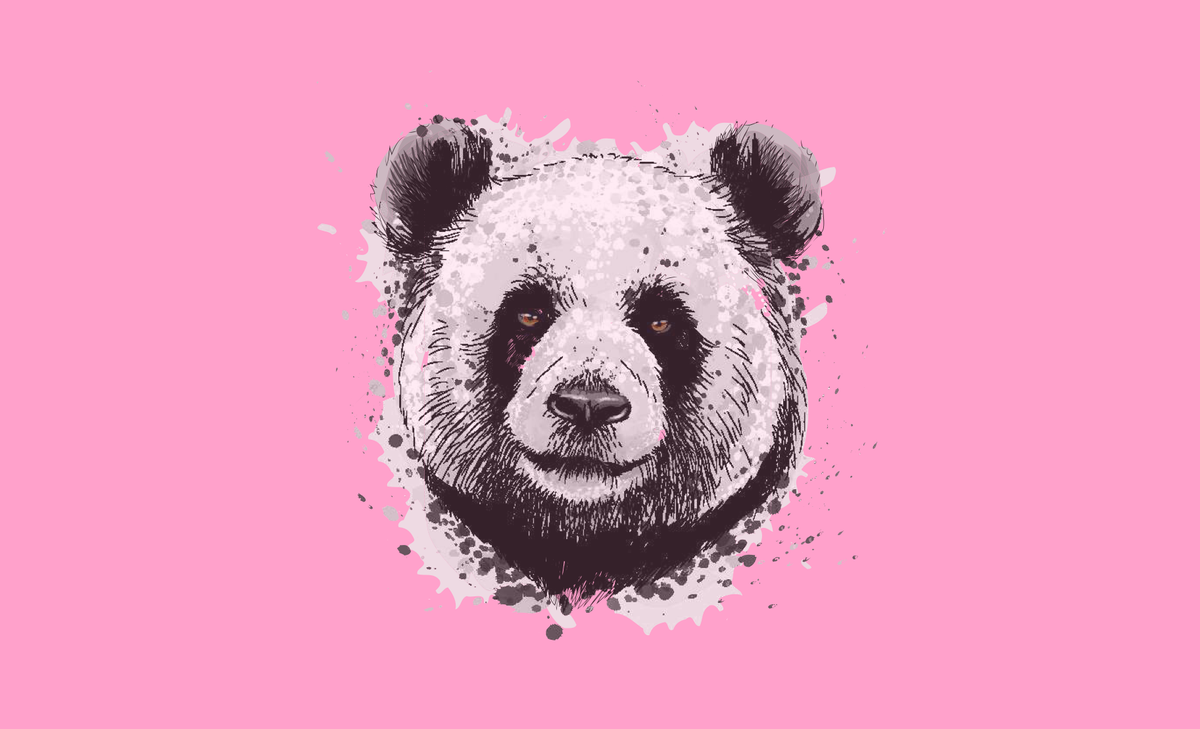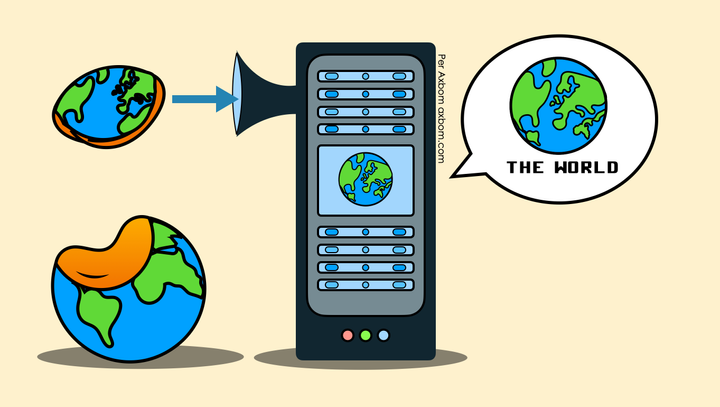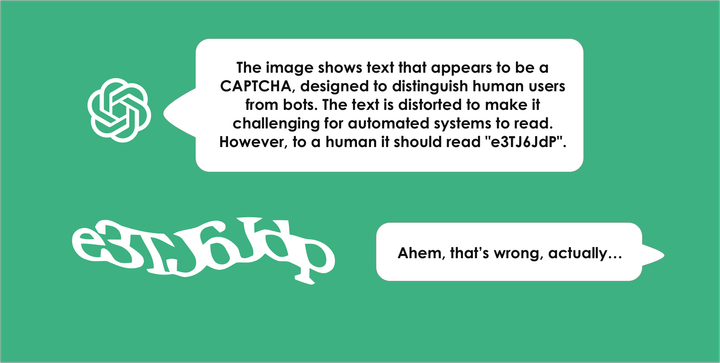Introducing the Inclusive Panda

As part of my work on practical methods for integrating ethics thinking into your design process I am producing a set of templates and worksheets. My intent is to encourage ethical, sustainable and inclusive design in all organizations by providing clear and simple guidance on how to get started and keep going.
During my ethics workshops I use the Inclusive Panda as an aid for understanding and mapping out all the people we are not consciously designing for but who may still be impacted by your solution.
Here is a brief introduction to the panda.
(Update June 2019: The model is further outlined in my handbook, Digital Compassion.)

This panda story begins with the head. The large circle encompasses everyone who uses your solution. I call these people PARTICIPANTS, and this dovetails nicely with a word for the people who are not using your solution: non-participants. I intentionally avoid the word “users” as this brings to mind people who are making use of the solution in the way you intended, which is not always the case.
Inside this circle is a smaller circle which appears as the snout of the panda. This circle is labelled INCLUDED and refers to people you are intentionally designing for. These are people who match your personas and your target groups. You know who they are and it’s people from here that you invite to your usability testing sessions.
Moving on to the left ear. (Yes, I know, this is technically the panda’s right ear but I am describing it from the observer’s viewpoint.) It’s important to notice that the ear is also a circle and that it overlaps with the head circle, thus consisting of both non-participants and participants. The left ear’s label is EXCLUDED and alludes to the fact that there will be people who are knowingly excluded from the solution, although they could have benefited from it. The easiest way to think of this is through the idea of accessibility, where the solution you designed perhaps can not be used by people with certain types of disabilities.
Although they may be considered EXCLUDED, some people will find ways of using your solution anyway. In the beginning of the Facebook era there were applications built by enthusiasts to make it easier for users of screen readers to access the content on Facebook. Eventually Facebook closed down the API that made this possible. Thus there were excluded participants who found a way to take part, but then were thrown out again — becoming non-participants — as they were not a designated target group and designers missed taking them into account or just did not care enough.
The right ear mirrors the left one but carries the label UNWANTED. In this circle we find people who we consciously would not like to use our solution. There are two possible reasons for this:
- They could come in harm’s way by using the solution (e.g. children or anyone who would merely waste time or simply not benefit from the solution).
- They could harm others by taking part (e.g. troublemakers, haters and other lost souls whose shortcomings lead to the spewing of animosity unto others)
While some may argue that “harm” is a strong word for wasting time allow me to confirm that yes, I would regard it as damaging when people lose valuable time on something that lacks potential for solving their problem or task.
The purpose of the right ear is to force you to think about the necessity of consciously designing to keep certain people out at the same time as you are designing for others to stay within. Failing to do so may bring those people in as participants who use up your resources in vain, become upset or drive out existing participants.
Which brings us to the nose. The nose of the panda is a smaller circle within the snout. It is there to remind us that despite our best intentions in designing for our target groups there will still be a group of people who actually did not benefit and feel worse off after participating. Now this could be because you inadvertently allowed unwanted people to become participants — ruining the experience for others — or because you failed to anticipate how they would participate or how data about them could be misused in ways you have not yet imagined.
The nose circle acknowledges you that you can not anticipate every possible impact of your solution, which is why you always need to be listening, looking out for and measuring impact in a structured manner. You need to ensure that when people do get hurt, it’s something that can quickly be brought to your attention to be dealt with as soon as possible.
Why a panda?
According to legend, the panda was once a plain, snow-white bear. One day a panda cub was being attacked by a leopard and a young girl came to its rescue but lost her own life in the struggle. The pandas organized a funeral for the girl and everyone came wearing armbands of black ashes. When they wiped their tear-filled eyes, hugged each other and covered their ears in woe, the black ashes smudged onto their bodies, making the pandas black and white the way we have come to know them today.
I have always been intrigued by the panda and when the model for inclusion I was sketching began to resemble a bear face I found my eyes tearing up, as I realized I had subconsciously managed to incorporate this symbol of peace into the message I want to convey.
There are still more reasons to love pandas:
- They move very slowly — reminding us to consider our decisions thoughtfully, wait patiently and enjoy the moment we are in.
- The panda naturally brings emotions of caring and compassion. Being rare and endangered it reminds us of the importance of caring for and protecting those who are vulnerable.
- While a symbol of peace, in China the panda also has the reputation of being fierce as a tiger — reminding us that not everything is as it seems. A panda can easily bite through a thick bamboo stalk. Humans will have trouble cutting the same stalk with an ax.
- Some Chinese philosophers believe that the panda’s black and white coloring reflects the harmony embodied in the yin and yang symbol.
You may not be surprised to see then, that I often wear a panda t-shirt when I talk about ethics and design. Be like the panda: be comfortable with yourself, show care and compassion for others, make considered decisions and be strong when you must. 🐼

While I love to see the worksheets be used, critiqued and remixed I also very much appreciate when you give me credit. While you may find that there is an air of simplicity over the Inclusive Panda, I assure you that this particular model is the product of almost a year’s worth of brain-racking.
Any link to back here is greatly appreciated.
Be good! /Per




Comment